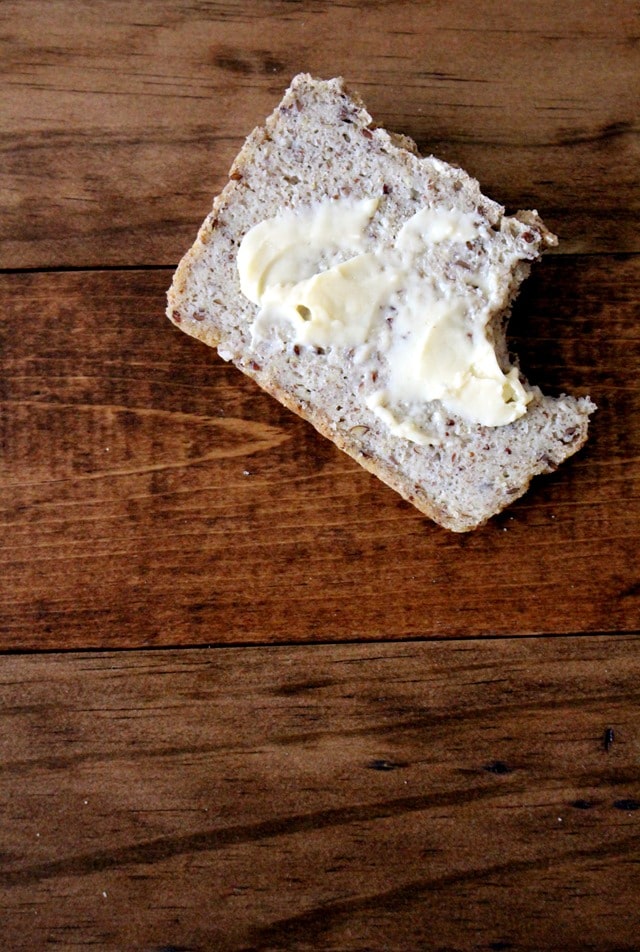Tips for Baking Gluten-Free Bread
We all know that gluten-free baking can be a bit tricky, especially if you are new to the whole idea. I’ve done A LOT of gluten-free baking, and I’ve learned so much through trial and error. Trust me, I’ve had some huge failures (and still do sometimes), and some great successes. It took me quite a while to finally perfect a sandwich bread recipe, and the same goes for things like muffins, cookies, and quickbreads. But, I think I’ve compiled a bunch of really great tips for baking gluten-free bread!

1. Work with room temperature ingredients. This goes for pretty much any kind of baking, because yeast likes a warm environment and will rise better and more quickly when your ingredients are at room temperature and not straight from the fridge. This does not just include the eggs, this also goes for the GF flours that are sometimes stored in the refrigerator to extend shelf life. Set the cold ingredients out on the counter at least and hour (preferably 2) before you begin baking.
2. Look for bread recipes that use eggs. I know that there are tons of vegans out there that are not too keen on this idea, but I’ve found that the bread rises better when I use eggs. Eggs are natural leaveners, so they help boost the volume of the bread. They also add moisture and protein to the bread. And of course, the best vegan alternative for eggs is usually flax eggs.
3. Use olive oil. Olive oil is full of healthy fats and adds a nice flavor to plain sandwich breads. It also adds moisture and extends shelf-life of your gluten-free breads.
4. The dough will be stickier than a regular non-GF dough. Gluten-free flours require more liquids than wheat flours to produce the same type of results. Your gluten-free bread batter should be too soft and sticky to knead but not as thin as cake batter.
5. Gluten-free bread batters need to be mixed much more than a traditional wheat batter. We are always taught to not overwork the dough, but you don’t have to worry about that with GF breads. There is no gluten to overwork. I don’t own a stand mixer, so I mix up this bread dough in a food processor with an S-blade, and it always comes out beautifully.
6. Xantham gum. If you want to have a traditional tasting bread, you need to use some kind of gluten substitute like xantham gum. It acts like the gluten in wheat flour. There are many all-purpose gluten-free flours that contain xantham gum, that would be for a recipe that you are using an AP flour.
7. Practice, practice, practice! It has taken me quite a while and countless baking failures to finally get the hang of gluten-free bread baking. It is not easy, but you can do it, especially if you are following a recipe exactly. Just be patient, and don’t give up if it doesn’t turn out perfect on the first try.
If you are looking for a gluten-free sandwich bread recipe that is made with wholesome ingredients and whole grains, then you need this one!
Gluten-Free Sandwich Bread

FOLLOW ALONG! Subscribe to my newsletter and follow along on Facebook, Instagram, and Pinterest for my latest recipes!

Thank you so much. I will definitely try this. Wish me luck. It sounds really good.